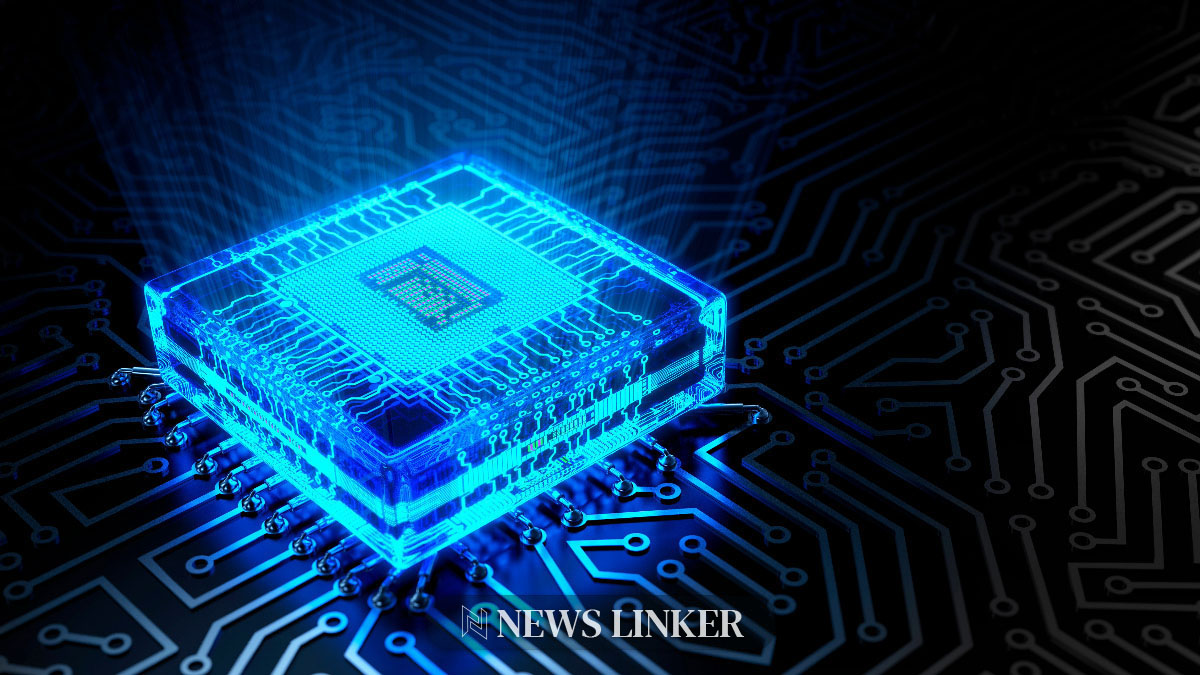The recent revelation about AMD’s upcoming Strix Point APUs showcases a significant advancement in the integration of CPU, GPU, and NPU technologies. This development promises to enhance computing power dramatically, merging these capabilities into a single, efficient package. Such a leap forward in semiconductor technology not only boosts performance but also potentially lowers power consumption, paving the way for more robust and energy-efficient computers and devices.
Why Does Strix Point Matter?
Strix Point represents a crucial evolution in AMD’s processor design, integrating next-generation neural processing units (NPUs) with traditional CPU and GPU architectures. This hybrid approach is designed to tackle more complex processes and artificial intelligence tasks with greater efficiency. By enhancing processing capabilities, AMD is poised to meet the growing demands for advanced computing in areas ranging from data centers to everyday consumer electronics.
What Impact Will It Have on Consumers?
For consumers, the Strix Point APUs mean not only faster and more reliable computing but also the potential for innovations in user experience. Enhanced AI capabilities could bring about more intuitive interfaces, smarter personal assistants, and more seamless interaction with technology at home and in the workplace. This could redefine user expectations and experiences across various tech platforms.
How Are Competitors Responding?
In the broader tech industry, competitors are also ramping up their efforts to integrate similar technologies. Intel and Nvidia, for instance, are working on their own versions of advanced processors that aim to merge various computing functions into more powerful yet efficient chips. The race is on to lead the next wave of computing technology, with major players striving to outdo each other in both performance and innovation.
The ongoing development of integrated processors by AMD aligns with previous trends in the tech industry, where there has been a continuous push towards more powerful and energy-efficient computing solutions. Over the years, advancements in processor technology have consistently sought to balance performance with energy consumption, a trend clearly reflected in the industry’s enthusiastic reception of multi-core and multi-threading technologies.
Insights from the Tech Industry
Exploring related discussions, an article from AnandTech titled “Exploring AMD’s Future in Chips” details AMD’s strategies in competing within the high-stakes processor market. Similarly, a piece from Tom’s Hardware, “Innovations in Processor Technology,” highlights how companies like AMD are innovating to stay ahead. Both articles underline the significance of integrating various processing units to achieve greater systemic efficiency and performance, a goal that Strix Point aims to realize.
A recent study published in the Journal of Advanced Computing highlights that integrating CPU, GPU, and NPU like AMD’s Strix Point could substantially reduce latency and increase processing speed. The study, “Hybrid Architectures: A Future in Computing,” discusses these hybrid systems’ potential to revolutionize data processing and machine learning applications by enhancing computational power and efficiency.
Key Takeaways
- Strix Point APUs represent a significant leap in processing technology.
- Integration of CPU, GPU, and NPU offers enhanced performance and efficiency.
- These advancements could lead to more intuitive and intelligent consumer devices.
The introduction of Strix Point by AMD marks a significant milestone in the computing industry, signaling a shift towards more integrated and efficient computing solutions. As technology continues to evolve, the emphasis remains on creating processors that can handle increasingly complex tasks with greater efficiency. This movement not only defines the trajectory of major tech companies but also shapes the future of how technology integrates into our daily lives, enhancing everything from entertainment systems to critical business infrastructure. With Strix Point, AMD is not just promising a new product but is paving the path for the next generation of computing.










